How Covid-19 is changing the world’s children
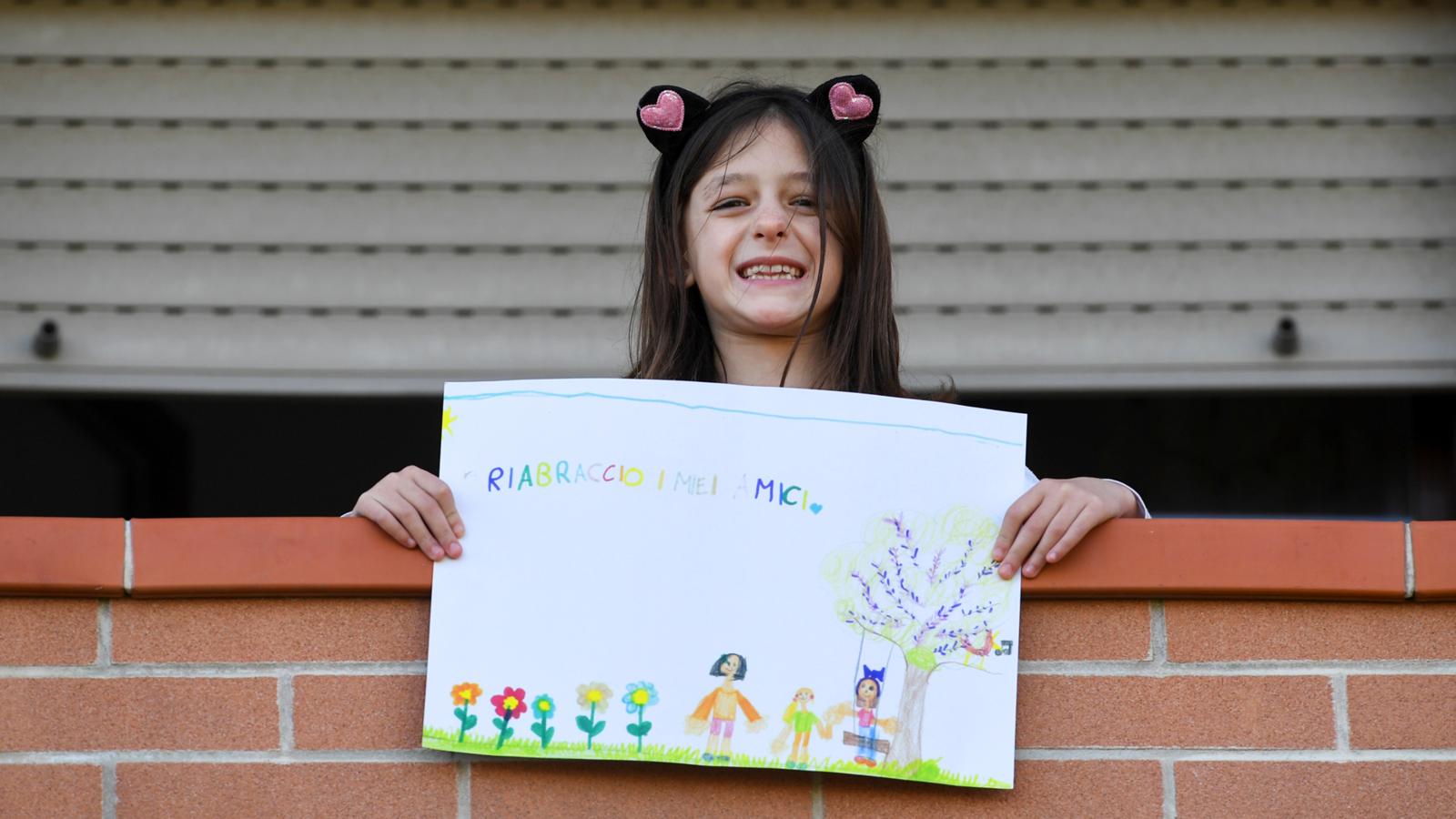
Dhaka, 8 June, 2020: When today’s children and adolescents grow up, will they see themselves as a “lost generation”, whose lives will forever fall in the shadow of a global pandemic?
The school closures are one of the most visible – and controversial – means by which Covid-19 is affecting young people. According to Unesco, the education of nearly 1.6 billion pupils in 190 countries has so far been affected – that’s 90% of the world’s school-age children. And at the time of writing, there are still no definite plans for opening the schools of around half of these children.
There has been much debate over the exact role that school closures have played containing the overall spread of the virus. It is just over five months since the novel coronavirus was first reported in Wuhan, meaning that the data describing its transmission and the effects of any particular measure are still patchy.
But according to Richard Armitage, in the division of public health and epidemiology at the University of Nottingham, those legitimate scientific questions about the effectiveness of school closures should not be taken as a justification for re-opening them prematurely. “An absence of evidence is not necessarily evidence of absence,” he says.
We know, after all, that transmission is higher in densely-packed, indoor spaces, and although the danger to children may not be as high as the risk to the adults teaching them, the virus does seem to evoke an extreme reaction in a very small number of paediatric cases. Crucially, children may become carriers who transmit the virus to the most vulnerable members of society, such as their grandparents. After all, they’re not exactly known for their fastidious hygiene.
All of which may make a full return to normality unlikely for most children in the next few months. And when that is combined with the other stresses of living in isolation under quarantine, it may have some serious consequences – delaying their cognitive, emotional and social development. For those in the most critical periods of adolescence, it may even increase the risk of mental illness.
Since the poorest will be hardest hit by all of these effects, lockdowns are expected to widen the existing inequalities across the globe, with repercussions for years to come. “It’s disadvantaged children who pay the greatest price here, as they will fall the furthest behind, and have the fewest resources available to ‘catch up’ once the pandemic threat has passed,” says Armitage.
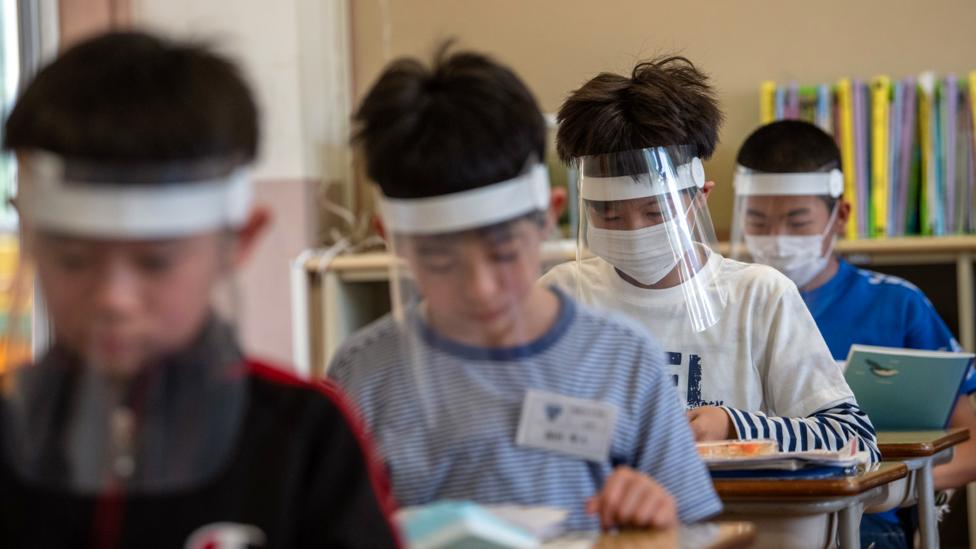
Time in education is thought to be essential for helping children to mature (Credit: Getty Images)
Some experts, such as Wim Van Lancker, a sociologist at the University of Leuven in Belgium, go as far as to describe it at as “a social crisis in the making”.
So what are the facts? And what can be done to mitigate these problems before it is too late?
The attainment gap
Let’s first consider the consequences for the child’s intellectual development.
Some clues to these effects come from studies of short-term school closures due to snow. In 2007, Dave Marcotte, a professor in public affairs at American University in Washington DC, examined the standardised test scores of third, fifth and eighth graders in Maryland. The effects of school closures were greatest for the youngest children, with each lost day resulting in around 0.57% fewer children reaching the expected grades in reading and maths. The average school lost around 5 days, in total, due to bad weather – resulting in around a 3% drop in the overall pass rate – equivalent to roughly one child in a classroom of 30.
You might also like:
- How Covid-19 could redesign our world
- Why time seems to be going faster while we are in lockdown
- Why most Covid-19 deaths won't be from the virus
Clearly, even relatively brief periods of time out of education can have a lasting impact. It’s not just the missed opportunities for learning that need to be considered during the current crisis, however. The more serious concern is that, when schools are closed for long periods, many children will begin to forget what they already know – a regression that will be much harder to remedy.
Marcotte points to studies of children’s progress over the school year. As you might expect, most children show steady improvements throughout the terms, but this can regress – sometimes radically – during the long summer school holiday, particularly in subjects such as maths. “In the United States, about 25% of what is gained during the academic year is lost over the course of the summer,” Marcotte says.
If schools don’t reopen until September, many children will have spent more than 20 weeks in a row away from school – an unprecedented amount of time away from education, meaning we can’t simply extrapolate from the existing data. “We just don't know if it's a linear increase in learning loss, or if it may be something even larger that sort of compounds on itself,” says Marcotte. Given that time spent in education appears to shape adult IQ – this could result in serious, lifelong effects on their cognitive ability.
Marcotte hopes that attempts at remote learning may help to prevent that set-back, but he is sceptical that it can fully make up the difference. “Making real-world connections and spending time with peers, and focusing on lessons, is so much easier when you're in the same room and engaged,” he says.
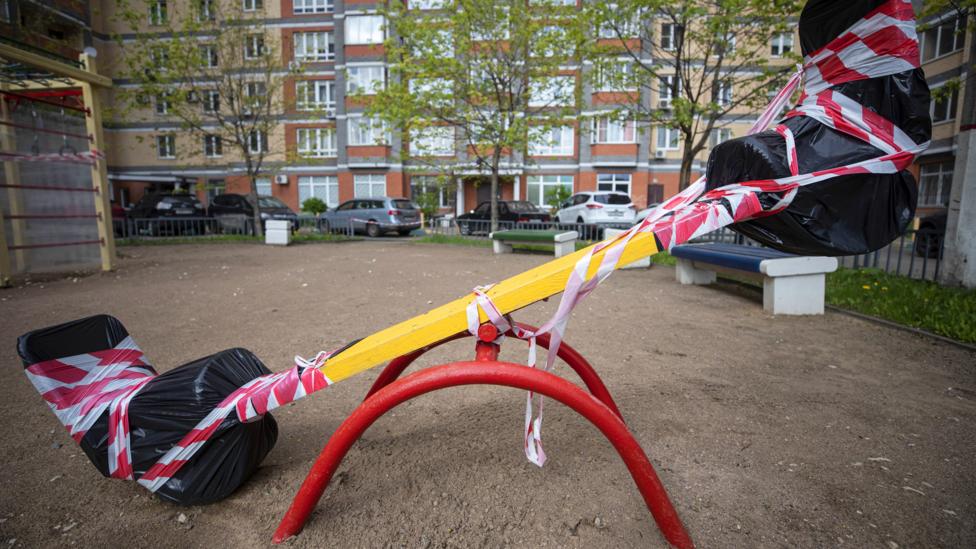
Children are highly perceptive of their parents’ and carers’ worries, and growing up during a period of anxiety may have consequences (Credit: EPA)
In the worst-case scenario, some students may actually regress even more than they would during a normal school break, he says, since they will also lack the opportunity for intellectually nourishing activities like music lessons, trips to the museum and library, or summer camps. Children will be missing the regular reinforcement of what they’ve learned at school and all these chances to expand their general knowledge and understanding of the world.
Widening inequalities
Not all children will be affected in the same way – leading some experts to fear that this will widen the (already highly significant) gap in educational achievement between richer and poorer families.
We know, for example, that the learning loss during the US summer vacations depends on the child’s background. Some studies have found that richer children actually improve their reading performance over the period, while it is the poorer families who tend to show the greater losses, since they have fewer educational resources over the holidays.
While governments are trying to encourage home schooling, it relies on a good computer and reliable internet connection to be able to access the school’s resources, and a quiet room to study. Home schooling also assumes that the parents themselves are sufficiently educated, and have enough time, to be able to help with the lessons. “This assumption unfortunately does not [always] hold, meaning many children’s academic development will grind to a halt during school closures, especially those from underprivileged backgrounds, further widening the attainment gap,” says Armitage. A recent study from the UK found that children from richer families are spending about 30% more time on home learning than those from poorer families.
Van Lancker agrees that access to a quiet study area, with an internet connection, is a huge issue for many people. “Those are the circumstances which are not very likely for children living in poverty and over-crowded households,” he says. “We're facing a very, very long period of several months in which groups of disadvantaged children may not have been able to learn very much, and so the gap will have widened when school starts again next term.”
The lockdown may disproportionately affect the children of first-generation immigrants, since they may have fewer opportunities to learn and practice their second language outside of the home.
Nor will these inequalities end once the schools start to re-open. Research by Alison Andrew, Sarah Cattan, Monica Costa Dias and colleagues at the Institute for Fiscal Studies, a think tank in London, UK, shows that poorer families are less willing to allow their children to return to education. “We know from the evidence that’s coming out, on who’s been most affected health-wise by the coronavirus, that individuals from poorer backgrounds are more likely to have been exposed,” says Alison Andrew. “And this might be increasing concern among individuals in poorer households.”
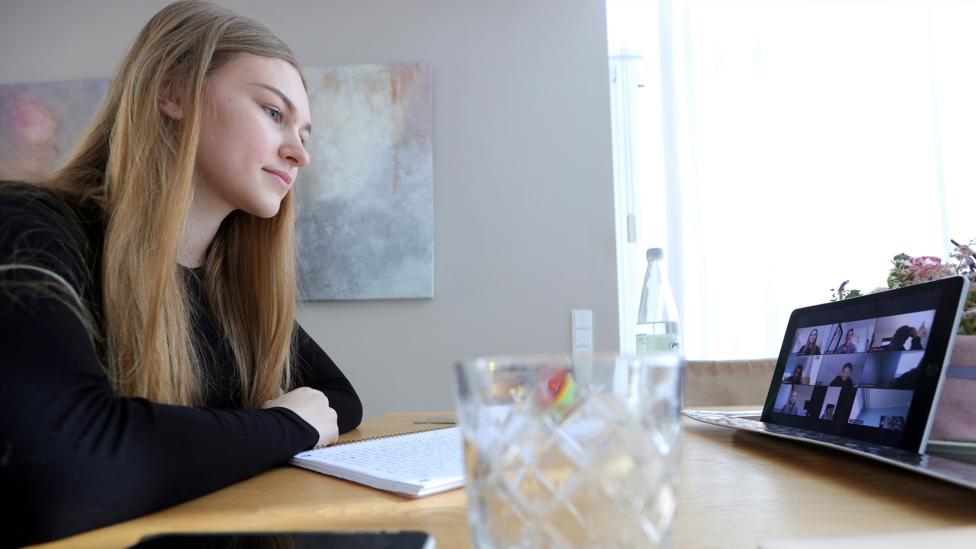
For those in the most critical periods of adolescence, the pandemic may increase the risk of mental illness (Credit: EPA)
It’s worth bearing in mind that the economic effects of the virus – such as job losses – are expected to increase poverty in general. If nothing is done to make up these amplified class divides, the effects may linger for years. “The younger you are, the more likely it is that there will be consequences well into your adult life,” says Van Lancker. “We know these effects accumulate over time.”
Mental health
While the child’s intellectual development may be the most obvious victim of these shutdowns, it’s by no means the only thing at risk. Teachers are often the first people to notice deteriorating mental health among their students and to encourage them to seek treatment, and many schools provide counselling and psychotherapy on site. In the US, for instance, around 13% of adolescents receive mental healthcare from their schools. Indeed, for a sizeable chunk – 35% – of vulnerable adolescents being treated for mental health issues, schools are the only source of support for their problems.
In general, children with more siblings appear to develop social skills at a quicker rate, so it may be that it’s only children who are worst affected.
It is possible to provide some help remotely, but so-called “telemental health services” are far from ideal – since they face exactly the same barriers that make distance learning difficult. “Mental health services also involve a degree of privacy, and not all families have the living arrangements to allow for that,” explains Ezra Golberstein at the University of Minnesota’s School of Public Health. Once again, it will probably be the poorest families who suffer the most.
Without regular contact with students, teachers and counsellors will also be unable to report suspected cases of abuse. “For many children, home is an unpleasant, undesirable, and unsafe place to be, and school provides a much-needed shelter,” says Armitage.
Golberstein pointed me to one recent analysis of data from Florida, which found a 27% reduction in alleged cases of abuse during March and April 2020. It seems highly unlikely that abusers have mended their ways during this period, suggesting that a large number of cases are going unreported as a result of the closures.
The sad truth is that the amount of child abuse – and indeed all kinds of domestic abuse – will have probably increased throughout the pandemic. “If people are confined to overcrowded households and living in deprived circumstances, this is already associated with the high likelihood for domestic abuse,” says Van Lancker. And at least for the moment, many of these crimes can be hidden by the pandemic.
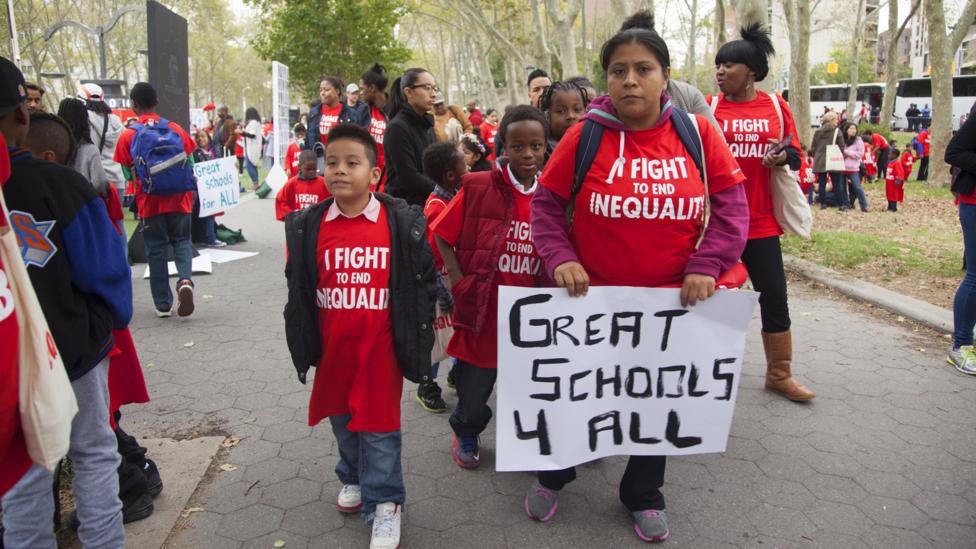
The global lockdowns are expected to widen existing inequalities, as those from disadvantaged backgrounds are less likely to have the resources to catch up (Credit: Alamy)
Adolescence is considered to be a critical period for the development and treatment of mental health issues – and if those problems are left untreated, they may be much harder to remedy in later life.
Arrested development
The broader consequences of the outbreak – including the anxiety of growing up during a global pandemic, and the fear for family members – remain to be seen. But children are highly perceptive of their parents’ and carers’ worries and it seems likely that they will absorb some of this angst – whether it’s worry about the disease itself, the job losses, or the strains of isolation.
As a comparison, Louise Dalton and Elizabeth Rapa in the department of psychiatry at the University of Oxford point to research on the children of people with HIV or cancer. Often, young children engage in “magical thinking” – believing that their own thoughts or behaviours are the cause of the event. “They end up blaming themselves unnecessarily, and sometimes feel incredibly guilty,” Dalton says – which may also happen during this crisis. For children or adolescents of any age, the uncertainty and the loss of their own freedom will be hard to process and could lead to long-term behavioural problems.
Unfortunately, Dalton and Rapa feel that parents have not been given enough information about these issues and the way to deal with them. “Children's emotional needs are completely being neglected at the moment,” Rapa says. So although children have been given abundant material on the physical effects of the disease and the ways to avoid contagion, government health campaigns have provided very little guidance on how to cope with the stress. “[Children] are now experts on viral transmission, but they're not being taught how we can talk about this and deal with such important things.”
It’s also unclear how the isolation and physical distancing may influence the development of socioemotional skills, like regulating your feelings, exercising self-control and managing conflicts with your peers. It’s now known that time in education is essential for helping children to mature – particularly if their parents aren’t modelling those skills at home – and the time out may delay their progress. In general, children with more siblings appear to develop social skills at a quicker rate, so it may be that it’s only children who are worst affected. (Though only children may benefit in other ways – their parents can probably spend more time helping them personally with home schooling, for instance.)

Children may fall behind, because they are missing out on opportunities to expand their intellectual horizons – such as music lessons and trips to museums (Credit: Alamy)
“We don't have any truly similar experience that we can look to in the past to try to see what happened,” says Golberstein. “But kids are sensitive and responsive to their environments, and stressors early in life have consequences for child development, mental health, and human capital development, so I am quite concerned.”
No easy answers
There are no easy solutions for these issues. To prevent the widening inequalities in education, teachers need to provide alternatives for work that requires a computer or internet connection, for example. “Teachers need to be sure that children are able to fulfil their tasks, even in deprived conditions,” says Van Lancker.
Governments can also implement schemes like mobile libraries that will ensure children can get the reading materials they need. “These are small things, but they can really make a difference in keeping the learning going,” he adds. In the long term, schools will need to look carefully at the children who have been hit hardest by the crisis and consider special measures that could help to make up for the losses.
More generally, Rapa and Dalton argue that parents and carers need to have open and honest conversations with their children about the emotions the whole family are feeling as a result of the pandemic. The temptation may be to put a brave face on the situation, but simply ignoring the underlying tensions will only backfire, they say. For this reason, they’ve recently created a video outlining the most constructive ways to have those conversations. “Once everyone starts talking about [the stresses], things do get better,” says Rapa.
Only with a concerted effort from parents, teachers, social workers, psychiatrists and politicians can we be sure that children of all classes can emerge from the crisis ready to cope and thrive in the post-Covid-19 world

